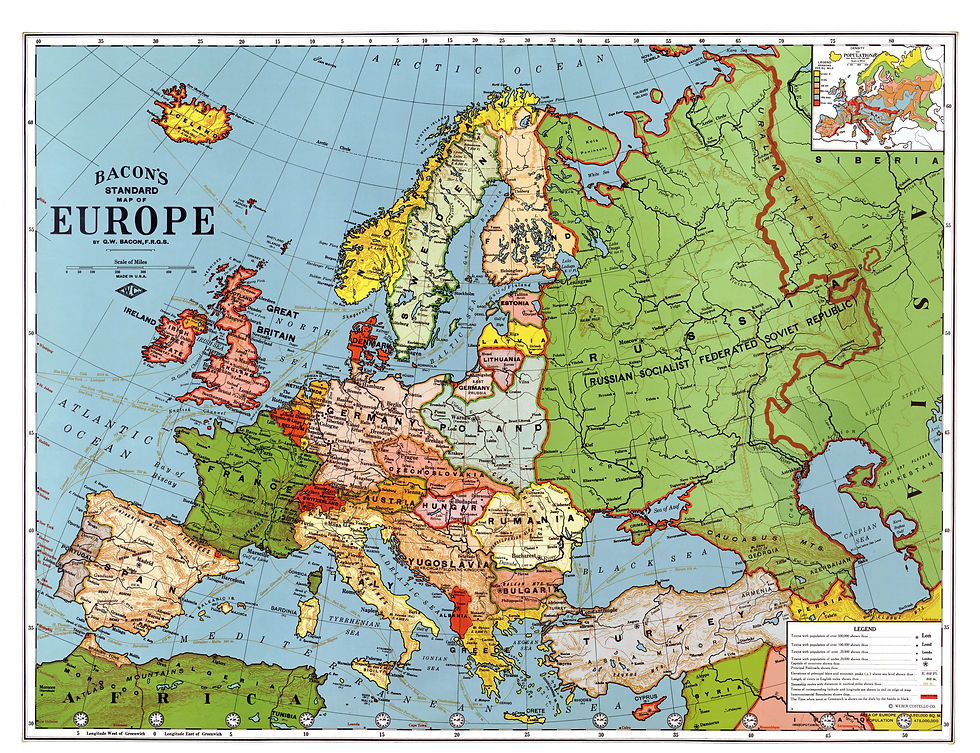The anomaly of Kimmeridgian Champagnes and how we can learn to drink them
- Serge

- Sep 25, 2022
- 3 min read

One of the biggest contests within the wine and Champagne community is to find some new stuff.
Most of the times, many people are arriving too late, because, they follow a trend, especially today, in an era where Instagram and Facebook or any other social media is pushing to show you what´s cool in order to get as many likes as possible.
This said, the role of a wine expert it´s not the one of asserting what´s obvious (this is redundant actually, for we nobody need to know that the famous thing is good).
The role of a wine expert and professional (not everyone is a professional: professional is the one that takes the risks of working into a business) is to anticipate trends, to discover what and who can be potentially a future star and grow together with it or her/him.
It´s a mutual investment.
The Côte des Bars in Champagne has become a strong focus in the last years. When I arrived there for the first time in January 2000, nobody was caring about it.
I was a bit shocked about it: why on Earth was nobody paying attention to an area than had the same soil as in Chablis, where Burgundy and Champagne are melting into each other, where slopes are difficult and steep?
After some time, years, I had my answer: it was not famous enough.
In Italian we say, when someone doesn´t want to do his/her job properly "avere il culo pesante" (having a heavy ass), meaning by that that the person won´t move from the chair.
Now everyone is there: the Côte des Bars scene is flourishing like never before.
Anyway do we know why Kimmeridgian is such a special soil?
This type of ancient seabed, part of the Jurassic family of soils, is named after a village in the Dorset, southern England, and forms and an immense circle that, ideally, surround,s with a 100-150 kms distance from it, the city of Paris.
It passes by Normandy, emerges in the Upper Loire Valley (Sancerre and Pouilly-sur-Loire, hence the "Pouilly-Fumé (smoked), then in Chablis, then again in the Côte des Bars, goes down again in the depth of the Earth and finally is visible again in England.
Where Kimmeridgian is visible, like in Chablis or in the Côte des Bars, it gives a very poor soil, rich with pebbles, fossils and, most of all, natural sulphites.
These sulphites are the results of the fossils´ decomposition in the millennia and give to the Kimmeridgian soil high acidity, high minerality and salinity, less fertility and abundance, as above-mentioned, of natural sulphites.
Just to mention it, the classification in Chablis is built on the quantity of sulphites the soil has: the higher the sulphites the higher the ranking.
These are not sulphites of which we should be scared of: they are naturally processed by the soil and the plant.
So, how can we be able to drink Champagne from such an important and dominant soil?
1) Be patient: these Champagnes are prone to age a loooong time.
2) Decant it or open them up and start to drink them a few hours later: they need to breathe, in order to loose their acidity and express their phenolic maturity.
3) Don´t drink them too cold: below 12C they are not happy
4) Pair them with food: they are gastronomic wines
5) If you are not into citrusy and mineral notes go for a Brut on 8 or 9 g/L
6) Due to their high acidity and tension, demi-sec Champagne from the area can be fantastic
7) Try to choose either 100% Pinot Noir or 100% Chardonnay: this sub-region is perfect for one-sort wines rather than blends, just like its neighbouring Burgundy
8) The area is also famous for sheltering some Pinot Blanc, Arbanne and Petit Meslier vineyards. Fromenteau (or Pinot Beurot) is very difficult to find.
9) Last but not least: this is the best area for the Rosé de Saignée Champagnes: go for it.





Comments